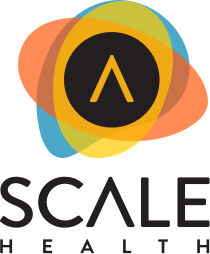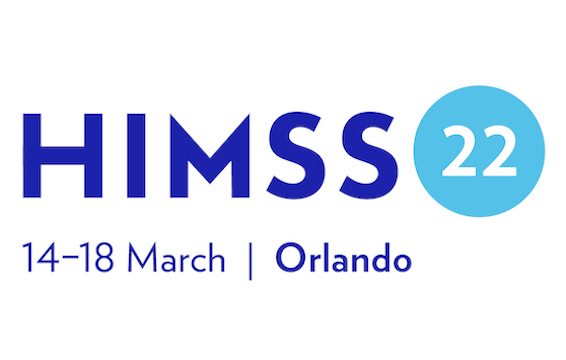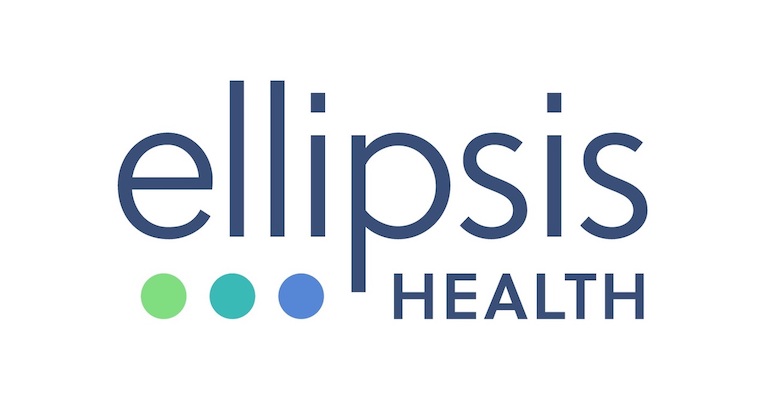Falling down is the #1 reason for trauma death and injury for older adults, and drives $67B in medical costs every year. Despite being recognized in the early 2000’s by national bodies such as NiH and CDC as a key to protecting older adults’ health, fall rates actually increased 30% between 2007-2016.
Numerous studies from around the world have demonstrated the efficacy of evidence-based interventions on reducing falls, including physical therapy, Otago, Matter of Balance, Balance training, regular strength training and even increased regular moderate exercise. So why are more older adults being injured and dying from falls?
There are many reasons why the results of these studies have been difficult to roll out to the general population, and they fall into two main categories:
- A lack of an accurate and objective assessment tool for primary care workflows
- A lack of real understanding about the causes of falls (from both physicians and patients)
Assessing patients for fall risk.
If you currently use a fall risk assessment tool on your older patients, it may surprise you to learn that current medical practices fail to identify 69-85% of high-risk individuals, depending on the method used. One of the most accurate predictors is a prior fall, yet almost half of patients do not tell their doctor if they have already fallen.
There are detailed assessments into stability, gait and other aspects of balance which can be performed by a balance specialist, however patients often lack access to these services prior to a fall, and they are not suitable for deployment in a primary care setting due to time and training constraints. They are also not designed to predict future falls.
What causes a fall?
Many patients persist in the belief that a fall is merely an accident, yet if that were so, interventions which improved physical strength and flexibility would not have reported a reduction in falls.
The human body uses a number of sophisticated systems to manage its postural stability, so any deterioration in any of the systems will impact the ability to balance, recover from challenges to balance, and avoid a fall. Aging has a detrimental effect on many of these systems, from sensory input to neuromuscular response, yet the rate of decline is directly impacted by lifestyle habits.
Balance decline and related fall risk can be altered by behavior choices, and unlike managing factors such as cholesterol, responses from balance-affecting habits can be measured within weeks, rather than months.
A comprehensive solution supporting patient assessment and behavior change
Originally invented for astronauts on the moon, ZIBRIO’s Stability Scale provides an easy way to measure weight, balance and fall risk in 60 seconds. A precision measurement, based on 15 years of research, the Stability Score predicts which patients will fall down in the next 12 months and the accompanying BalanceCare software then guides clinicians to give personalized recommendations and care.
Real Results in real-world setting
In a published longitudinal study, a 74% reduction in falls was associated with ZIBRIO technology use – even though no intervention was provided.
In a senior living facility, residents were given access to ZIBRIO technology to measure their balance. No intervention was suggested, however they were given their balance score and the facility had balance and exercise classes available to them. The knowledge of how their balance score changed from one measurement to the next empowered study participants to make conscious choices about their health which we believe had an impact on fall rates during that year.
ZIBRIO’s measurement-based fall prevention is the future of geriatric care, because it:
- Identifies 2-4 times more at-risk patients for falling
- Facilitates personalized care in minutes
- Cuts through patient denial and empowers patients for healthy behavior change
As the old saying goes: if you can measure it, you can do something about it. And ZIBRIO’s measurement-based fall prevention is transforming the assessment of older adult health in routine body exams, functional physical evaluations and home self-monitoring.
Falls are not a normal part of aging, and ZIBRIO gives boomers the healthspan and independence they crave.
__________________________________________________________________________________________________________________________
1. https://www.cdc.gov/mmwr/volumes/67/wr/mm6718a1.htm
2. Bergen G, Stevens MR, Burns ER. Falls and fall injuries among adults aged ≥65 years—United States, 2014. MMWR Morb Mortal Wkly Rep 2016;65:993–8.CrossRef PubMed
3. Forth KE, Layne CS, Madansingh SI. Self-Monitoring of Balance Performance can Reduce the Rate of Falls Among Older Adults. Front Sports Act Living. 2021 Sep 24;3:680269.
4. Forth KE, Wirfel KL, Adams SD, Rianon NJ, Lieberman Aiden E and Madansingh SI (2020) A Postural Assessment Utilizing Machine Learning Prospectively Identifies Older Adults at a High Risk of Falling. Front. Med. 7:591517. doi: 10.3389/fmed.2020.591517




